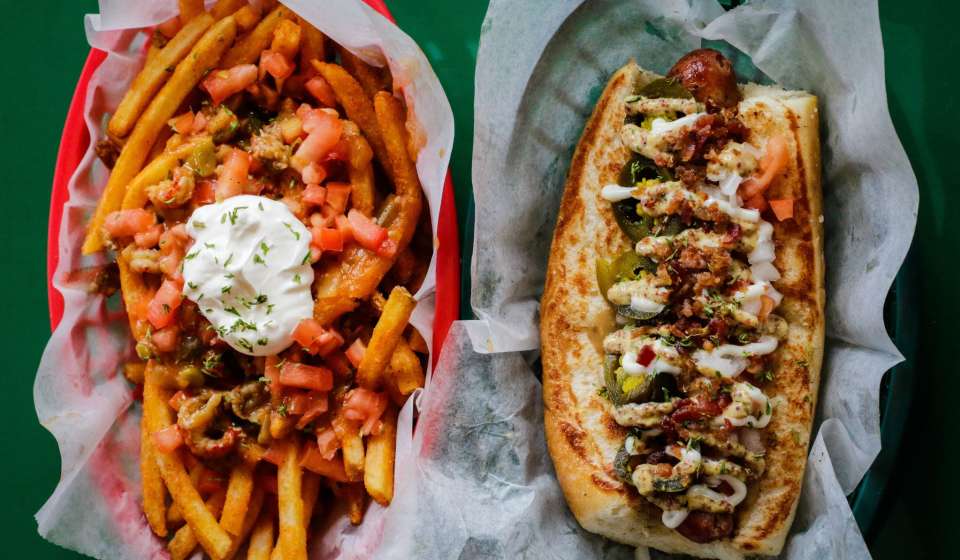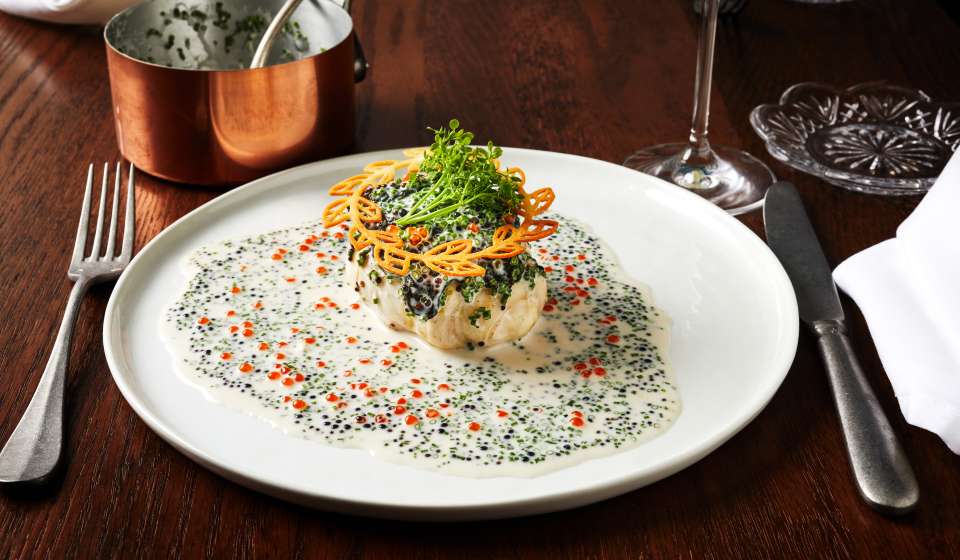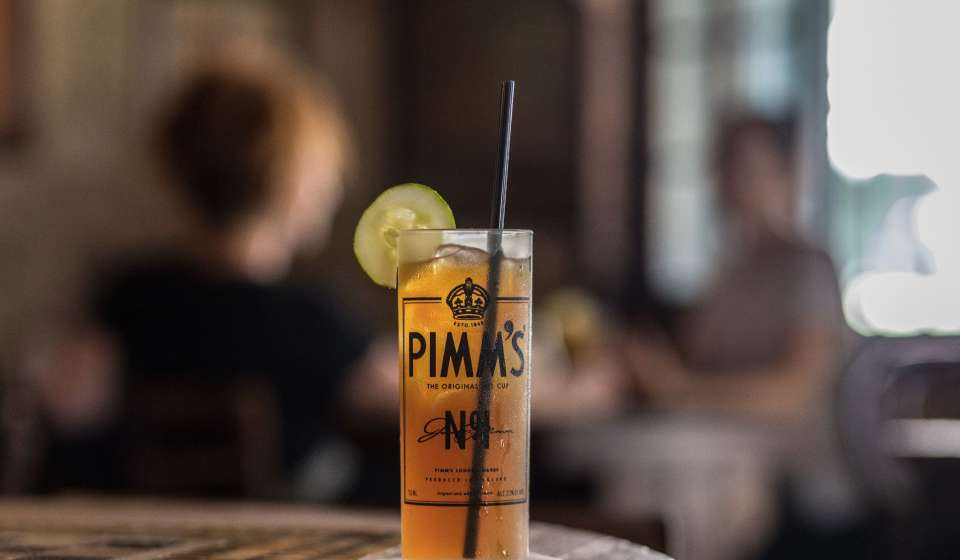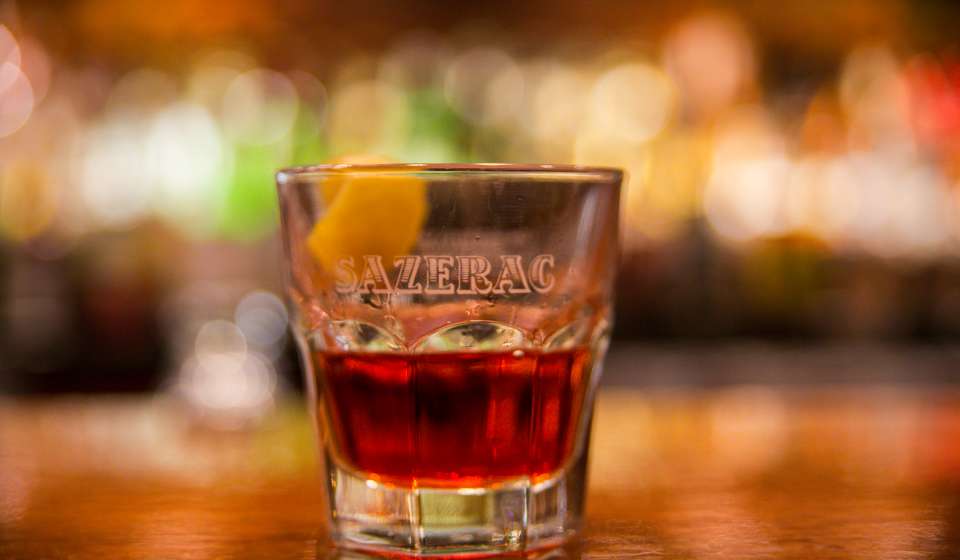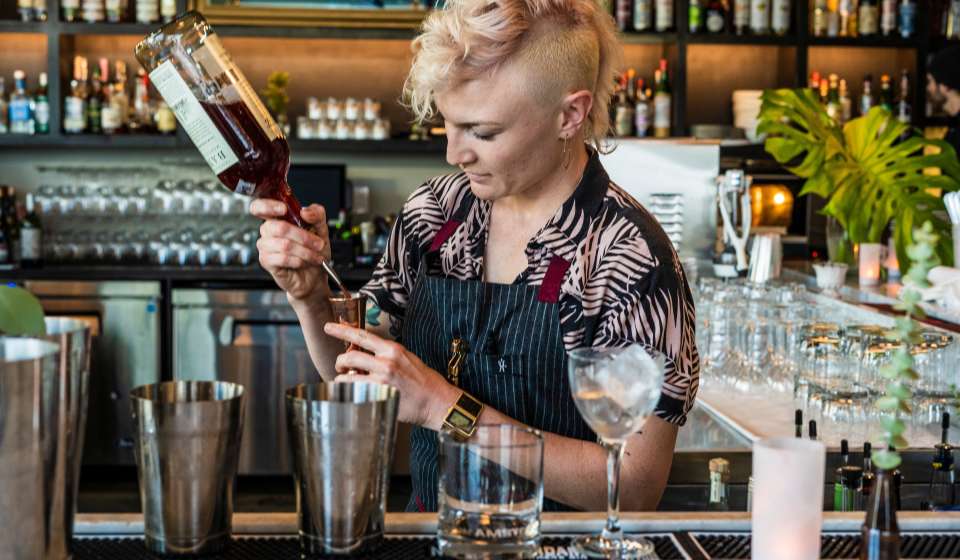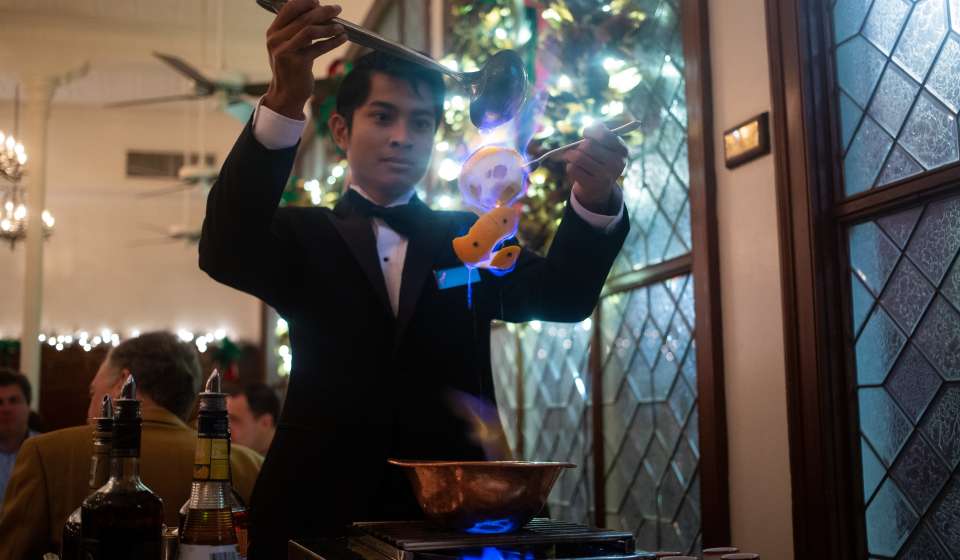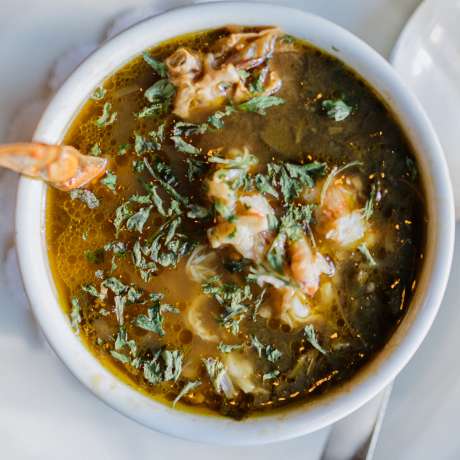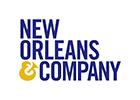
-
Wedding Tools
- Complimentary Planning Assistance
- Destination Wedding Guide Digital Copy
- Elopement Packages
- Marriage License & Legal Essentials
- Checklist
- Welcome Bag Ideas
- Second Lines
- The History of Wedding Umbrellas and More in New Orleans
- Wedding Cake Pulls
- Destination Wedding Guide Printed Copy
- Wedding Inspiration
-
Venues
-
Vendors
-
Pre & Post Wedding
- Wedding Inspiration
- Contact Us
-
Why New Orleans Is Built To Host
- Hotels
-
Meeting & Event Venues
-
Services & Planning Tools
-
Group PR & Marketing Tools
- Convention Calendar
- Testimonials
- Awards
-
Online RFP
- Availability Grid
- Contact Us
-
Things to Do
-
Eat
-
Drink
-
Stay
- Book a New Orleans Hotel
- Hotel Directory
- Bed And Breakfasts: Hotels - New Orleans & Company
-
Places To Stay: New Orleans Hotels - New Orleans & Company
- Saint Charles Avenue Hotels
- Luxury Hotels
- Garden District Hotels
- French Quarter Hotels and Lodging
- Downtown/Central Business District Hotels and Lodging
- Bourbon Street Hotels
- Green Hotels
- Bourbon Street Balcony Hotels - New Orleans & Company
- Haunted Hotels in New Orleans
- Pet-Friendly Hotels
- Historic Hotels
-
Calendar
-
Trip Planning Tools
- Insider's Blog
- LOVENOLA.TV 24/7 Broadcast
-
Weddings
-
Wedding Tools
- Complimentary Planning Assistance
- Destination Wedding Guide Digital Copy
- Elopement Packages
- Marriage License & Legal Essentials
- Checklist
- Welcome Bag Ideas
- Second Lines
- The History of Wedding Umbrellas and More in New Orleans
- Wedding Cake Pulls
- Destination Wedding Guide Printed Copy
- Wedding Inspiration
-
Venues
-
Vendors
-
Pre & Post Wedding
- Wedding Inspiration
- Contact Us
-
Wedding Tools
-
Meeting Planners
-
Why New Orleans Is Built To Host
- Hotels
-
Meeting & Event Venues
-
Services & Planning Tools
-
Group PR & Marketing Tools
- Convention Calendar
- Testimonials
- Awards
-
Online RFP
- Availability Grid
- Contact Us
-
Why New Orleans Is Built To Host
-
Groups
-
Travel Professionals
-
Membership
-
Press and Media
- Community
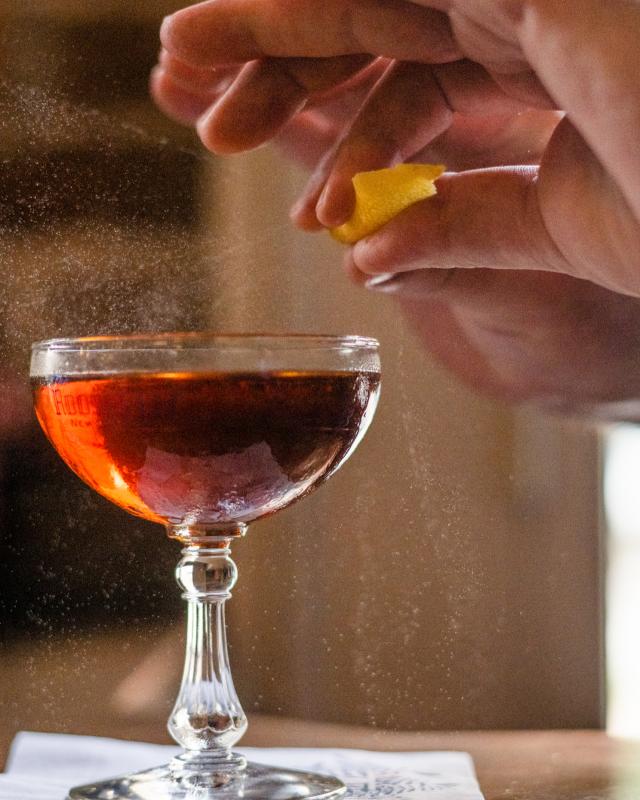

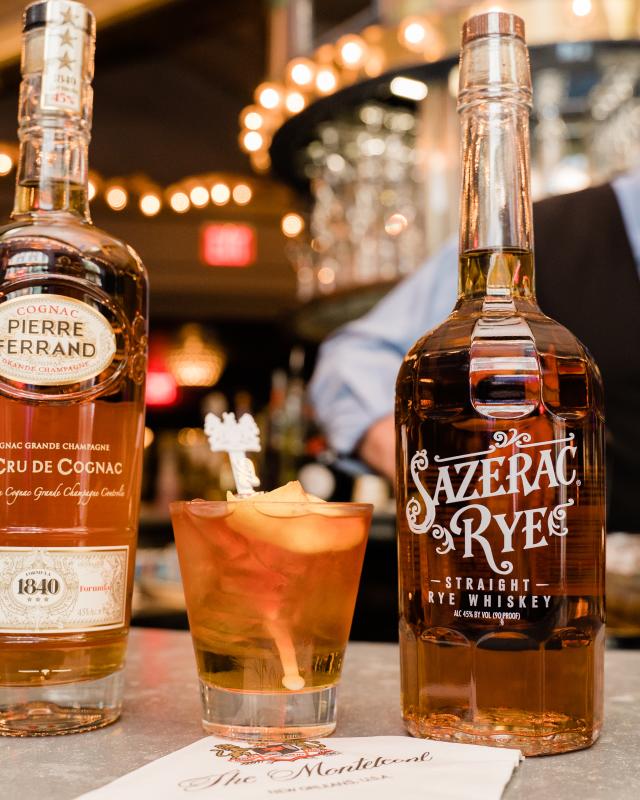

The History of the Cocktail and New Orleans
Tracing the Cocktail's Evolution in America from New Orleans
From the Hurricane to Pimm’s Cup to the Ramos Gin Fizz and, of course, the Sazerac, New Orleans has been a staple in the cocktail scene since mixed drinks made their debut. What most spirit enthusiasts will say makes the bar and cocktail scene here so unique is the preservation of mixology tradition and a spark of creativity and innovation. If you’re a history buff, an alcohol aficionado, or a bit of both, the history of mixed drinks and NOLA’s role in it is an important ingredient in the popularization of the cocktail.
But, before we arrive in New Orleans, there are a few important components in the recipe of cocktail history that should be understood first.
A Drink by Any Other Name…
It’s commonly believed that we owe at least partial credit to the birth of the cocktail to the popularity of British punches – the classic large bowl of spirits mixed with fruit juice, spices, and other added flavors – which were consumed punch-houses that had become popular spots popping up all over the UK as early as the 1730s.
There is no truly agreed-upon origin point for the “original” cocktail nor even the name “cocktail” itself; though, one of the prevailing theories has its origins in the world of horse racing. This potential origin references the British term “cock-tailed” which was used to describe a racing horse with a docked or clipped tail – something that, at the time, meant that a horse wasn’t a purebred but a mixed breed. It’s that connotation of “mixed blood” or “mixed breed” that, theoretically, translated over to “mixed drink,” but we’ll likely never know the truth.
The first written reference of the word “cocktail” appeared in a British newspaper published in 1798, and the first reference to cocktails came in an spoof editorial of a New Hampshire magazine in 1803, but the cocktail as we know it today was truly first defined in The Balance and Columbian Repository, a newspaper based out of Hudson, NY, which called a cocktail “a stimulating liquor composed of any kind of sugar, water, and bitters.” While it’s clear that cocktails were being made and imbibed elsewhere in the world, there isn’t much information about specific cocktails from this period that exists. Because of this, New Orleans’s own Sazerac is widely considered the world’s first cocktail, as it’s the oldest known cocktail that can be recognized by name.
Ice
Aside from a few classic hot options, you’d be hard-pressed to find a cocktail recipe that doesn’t include ice in some form or fashion. The widespread popularization of the cocktail owes a great deal of thanks to one man in particular, Frederic “Ice King” Tudor. Starting in 1806, Tudor began his first venture of shipping ice collected from ponds in his native Massachusetts down to the Caribbean, realizing that this niche market need had yet to be filled. What inspired the then-23-year-old to invest in the crazy-sounding idea of shipping ice to tropical places in a pre-ice box world? Apparently, it was the (new, at the time) upper-class trend of drinking alcoholic beverages with ice.
In the 1830s, after much trial and error (and, of course, plenty of melted cargo), Tudor’s business was truly thriving, and he was now shipping ice from New England as far away as India and Hong Kong. Moreover, he further insured his business venture by trying to secure contracts and monopolies for selling ice in Cuba and building ice houses in his major markets.
Providing ice to far-flung locales where naturally occurring ice was a phenomenon allowed for the popularization of cocktails in warmer climates. So, in essence, we can thank cocktails for this pretty major accomplishment in the world of international trade.
Bitters-Sweet History
You’ll notice that the last key ingredient to the baseline cocktail is bitters – but what exactly are bitters, and why would anyone put something with a name like that into a sweet and boozy beverage? Though it might sound hard to believe, bitters find their origin in the classic “cure-all” tonics sold as patent medicines by a snake-oil salesman in the 19th century. Made with all manner of (usually aromatic) plant products – including leaves, roots, and, yes, even the bark of some plants, bitters were touted mainly as cures for vague ailments like digestive health, headaches, and general fatigue. As you can imagine, few people would want to drink pure bitters, so alcohol was often added to these tonics to help them go down smoother. Some of the most popular non-alcoholic drinks like Coca-Cola, Dr. Pepper, and, most obviously, root beer, have their origins in the bitters-adjacent game, and most were even sold at apothecaries and pharmacies alongside soda fountains. Root beer used sassafras or sarsaparilla roots, while Dr. Pepper reportedly contained juniper, ginger, cloves, and more. Most infamously, of course, is the ingredient that really returned the consumer’s vim and vigor: the titular coca plant extract found in Coca-Cola (aka, the main ingredient in cocaine).
In the case of NOLA’s cocktail culture, there is no more famous man in the world of bitters than one Antoine Amedée Peychaud, creator of the titular bitters that comprise one of the oldest still-crafted cocktails the world over, the Sazerac, the official cocktail of New Orleans. Originally born in the French colony of Saint-Domingue (now Haiti), Peychaud made his way to New Orleans to escape the economic collapse and violence during the revolt of Haiti’s enslaved people. In 1834, he opened an apothecary on Royal Street, where he began selling “the best bitters, peppermint and alcohol” to local coffee houses (which mainly served alcohol), to use for making cocktails – although, as expected, the bitters were originally meant for medicinal use. What put Peychaud’s on the map was his combination of his bitters with his favorite cognac: Sazerac-de-Forge et fils. Supposedly, he first served this combination to his fellow Masons after hours at his shop.
The first Sazerac (Coffee) House, which popularized the original cocktail, was established in the 1850s, and, within walking distance from this site stands the current Sazerac House, an immersive exploration into the history of one of the world’s most famous cocktails and of spirit culture in New Orleans. As years passed, the Sazerac cocktail as we know it was born: a mixture of Sazerac rye whiskey, Herbsaint (or absinthe), a sugar cube, Peychaud’s bitters, ice, and a lemon peel garnish.
20th Century Rollercoaster
The late 19th and early 20th centuries saw the cocktail rise to national popularity until the Temperance Movement led to the 18th Amendment and Prohibition in 1919. This saw the loss of many of the country’s talented bartenders to other nations – many of whom stayed abroad even after the end of Prohibition due to the Great Depression. Ironically, it was the increased travel and tourism after both World Wars that saw the rise of Tiki cocktails, which kickstarted the rise of cocktail culture ala Mad Men (think Manhattans and Martinis). Though it didn’t fade entirely, the rise of drug culture in the late 60s and early 70s took a front seat to alcohol for another couple of decades. It wasn’t until a small group of ambitious bartenders, including Dale Degroff of NYC’s famous Rainbow Room revived the cocktail culture first pioneered in the mid-late 19th century, creating the mixology movement that we’re familiar with today.
NOLA’s Perpetual Cocktail Culture
While cocktail culture took a few L’s in the past century, it should come as little surprise that New Orleans never really lost the spirit for drinking spirits. Along with the creation of the Sazerac in mid 1800s, the Absinthe Frappé was chilling the tastebuds of such famous names as Mark Twain and Oscar Wilde at the Old Absinthe House in 1874, the Ramos Gin Fizz and Café Brulot Diabolique were born in the 1880s, and Pat O’s famous Hurricane and the Pimm’s Cup at the Napoleon House cropped up in the WWII-era. These are only a few of the city’s famous cocktails, and there’s even more signature drinks at the many craft cocktail bars New Orleans has to offer.
Further solidifying NOLA’s reputation as a cocktail mecca not just nationally but internationally is that Tales of the Cocktail®, the world’s leading cocktail conference and meeting place for professionals in the drinks industry, has been hosted in New Orleans since its inception in 2002.
-
New Orleans’ Most Iconic Cocktails
The Sazerac, Hurricane, Ramos Gin Fizz and Café Brûlot - find out where to sip New Orleans’ hottest drinks with our roundup.
-
Foodie's Guide to New Orleans
When you come to New Orleans, come hungry. After all, New Orleans is one of the best cities to eat in America, and these are the things you can't miss.
-
A History of New Orleans by Period
Find out more about 300 years of NOLA’s rich history.


